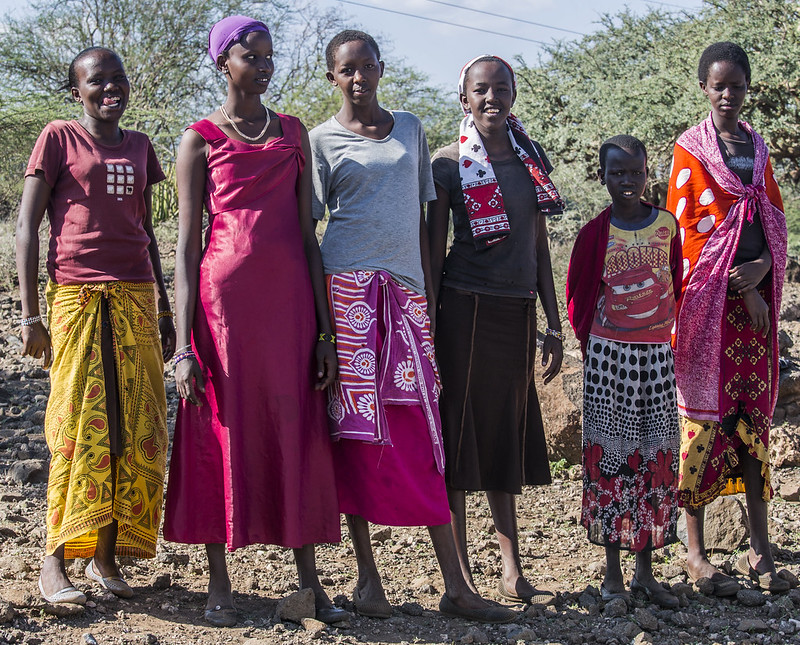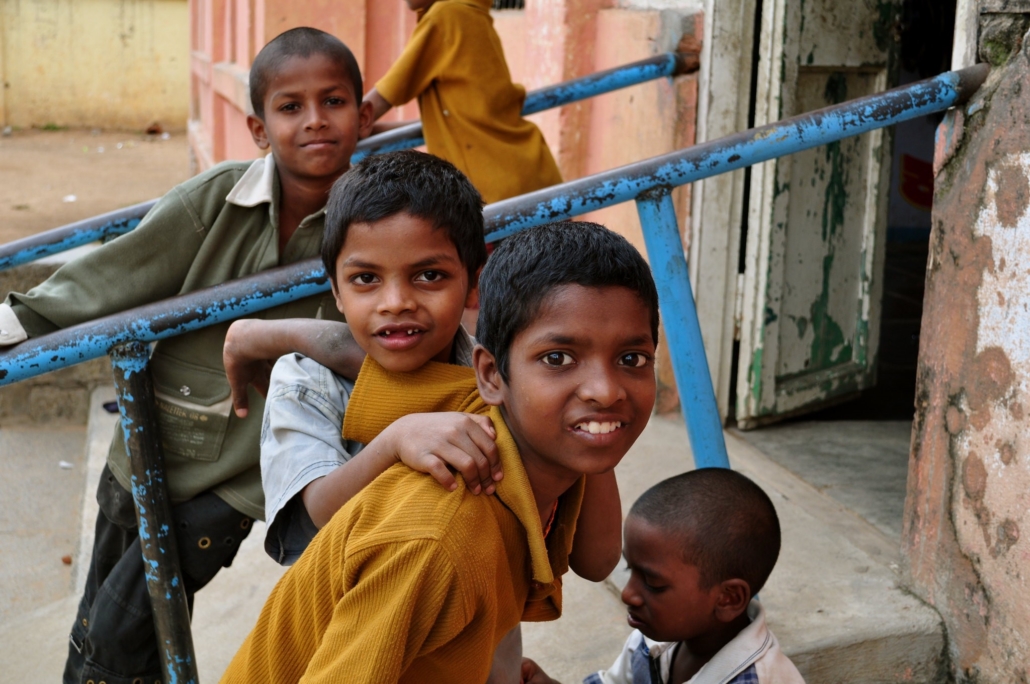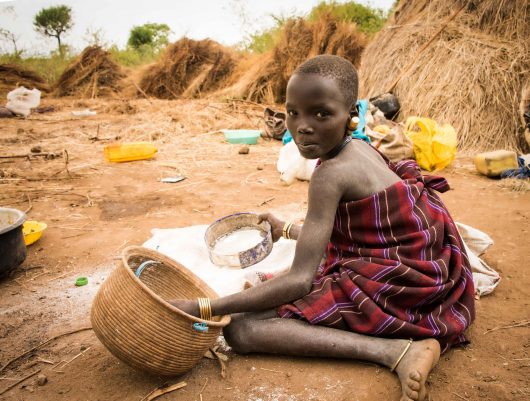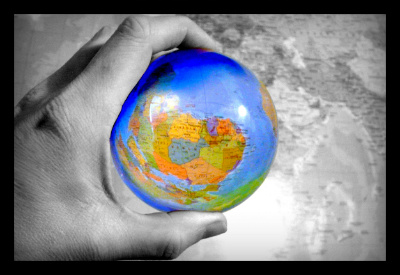 Despite the World Health Organization’s (WHO) declaration of the end of the pandemic’s emergency phase, the economic and social consequences of COVID-19 continue to affect the world. According to the World Bank, the pandemic pushed an additional 97 million people into poverty in 2020, leaving governments struggling to recover from its widespread devastation. For example, the impact of COVID-19 on poverty in Rwanda has been particularly severe.
Despite the World Health Organization’s (WHO) declaration of the end of the pandemic’s emergency phase, the economic and social consequences of COVID-19 continue to affect the world. According to the World Bank, the pandemic pushed an additional 97 million people into poverty in 2020, leaving governments struggling to recover from its widespread devastation. For example, the impact of COVID-19 on poverty in Rwanda has been particularly severe.
The Disruptive Impact of COVID
When the pandemic hit, Rwanda experienced a sharp decline in GDP, with a 39.1% drop during a six-week lockdown. Simultaneously, the national poverty rate increased by 10.9%. As a result, around 1.3 million people out of a population of approximately 13.4 million temporarily fell into poverty due to the effects of COVID-19. The pandemic disrupted the U.N’s Vision 2020 objectives in poverty reduction strategies, which had shown promising results in the past.
Previously, Rwanda had experienced an economic boom, including a real economic growth of 9.4% in 2019. It had also benefited from large foreign investment in industries such as hospitality and travel.
Rwanda, similar to many other countries, faced significant economic challenges due to the pandemic. A study conducted by Private Enterprise Development in Low-Income Countries revealed that 80% of businesses were closed from March to April 2020. By January 2021, the average business had laid off 25% of its workforce.
The pandemic also affected education in Rwanda, with approximately 3.5 million students being unable to attend school as usual. The impact of COVID-19 on poverty in Rwanda has been especially harsh on women, who are often only able to secure employment in seasonal jobs.
The Government’s Response
The Rwandan government responded swiftly to the crisis, implementing various measures in March 2020, including a lockdown, border closure, curfew and social distancing requirements. In March 2021, an Economic Recovery Plan was introduced, featuring an Economic Recovery Fund worth $100 million to support severely affected businesses. The plan specifically targeted the once-thriving travel sector, providing financial assistance to 138 hotels. Additionally, the government allocated funds to educational institutions and factories, aiming to facilitate the return to school and work.
Recovery and Investment Abroad
Rwanda has attracted foreign investors and regained economic confidence. For instance, it received $200 million from the Asian Infrastructure Bank and raised $650 million through a Eurobond. These investments stimulated the Economic Recovery Fund, allowing the country to diversify its economy and foster innovation. The World Bank reported a 1.2% reduction in poverty by the end of 2020 as a result of these initiatives. And the government’s rapid response also ensured continued access to education, health care and nutrition.
NGO Findings
Innovations for Poverty Action surveyed Rwandan people as part of its Research for Effective COVID-19 Responses, which informed government policy in responding to the pandemic. Collecting information on health, food security, finance resilience, education and employment, it recommended policies in line with the U.N. Sustainable Development Goals, emphasizing an opportunity to boost Rwanda’s economy with these in mind. In the case of addressing the impact of COVID-19 on poverty, local charitable organizations continue to make efforts. The Dufatanye Organisation, for example, has fundraised for food support for those living with type 1 diabetes during the pandemic due to poverty’s impact on access to medication. Other organizations like the Centre Marembo Organization have also tried to address the impact of COVID-19 on the homeless by fundraising and mobilizing communities.
Moving Forward
The COVID-19 pandemic has reshaped global perspectives on community, economics and society, once again highlighting the issue of poverty. Despite the disruptive impact of COVID-19 on poverty in Rwanda, the government’s swift response has set the country on a path to strong economic recovery in 2021. Industrial production, exports and agricultural output have shown significant increases, leading to more employment opportunities and helping people escape poverty caused by the pandemic.
In conclusion, while the pandemic’s effects on poverty have been substantial, Rwanda’s proactive measures and collaborative efforts have laid the foundation for recovery and progress.
– Rosie Lyons
Photo: Wikimedia


 Present and pressing obstacles concerning education in Uganda do not center around access anymore. As Uganda improves on how many children will acquire schooling, the significant gaps are now noticeable through the quality of education that the children receive. Elevate in Uganda partners for education endeavors to tackle this precise issue. As stated by the organization, “the poor quality of education delivered in the classroom stops children from thriving and from
Present and pressing obstacles concerning education in Uganda do not center around access anymore. As Uganda improves on how many children will acquire schooling, the significant gaps are now noticeable through the quality of education that the children receive. Elevate in Uganda partners for education endeavors to tackle this precise issue. As stated by the organization, “the poor quality of education delivered in the classroom stops children from thriving and from 

 When people donate money to nonprofits, they want to know that their money is being used well. The same goes for governments allocating funds for international aid. While money intended for alleviating poverty is
When people donate money to nonprofits, they want to know that their money is being used well. The same goes for governments allocating funds for international aid. While money intended for alleviating poverty is 


